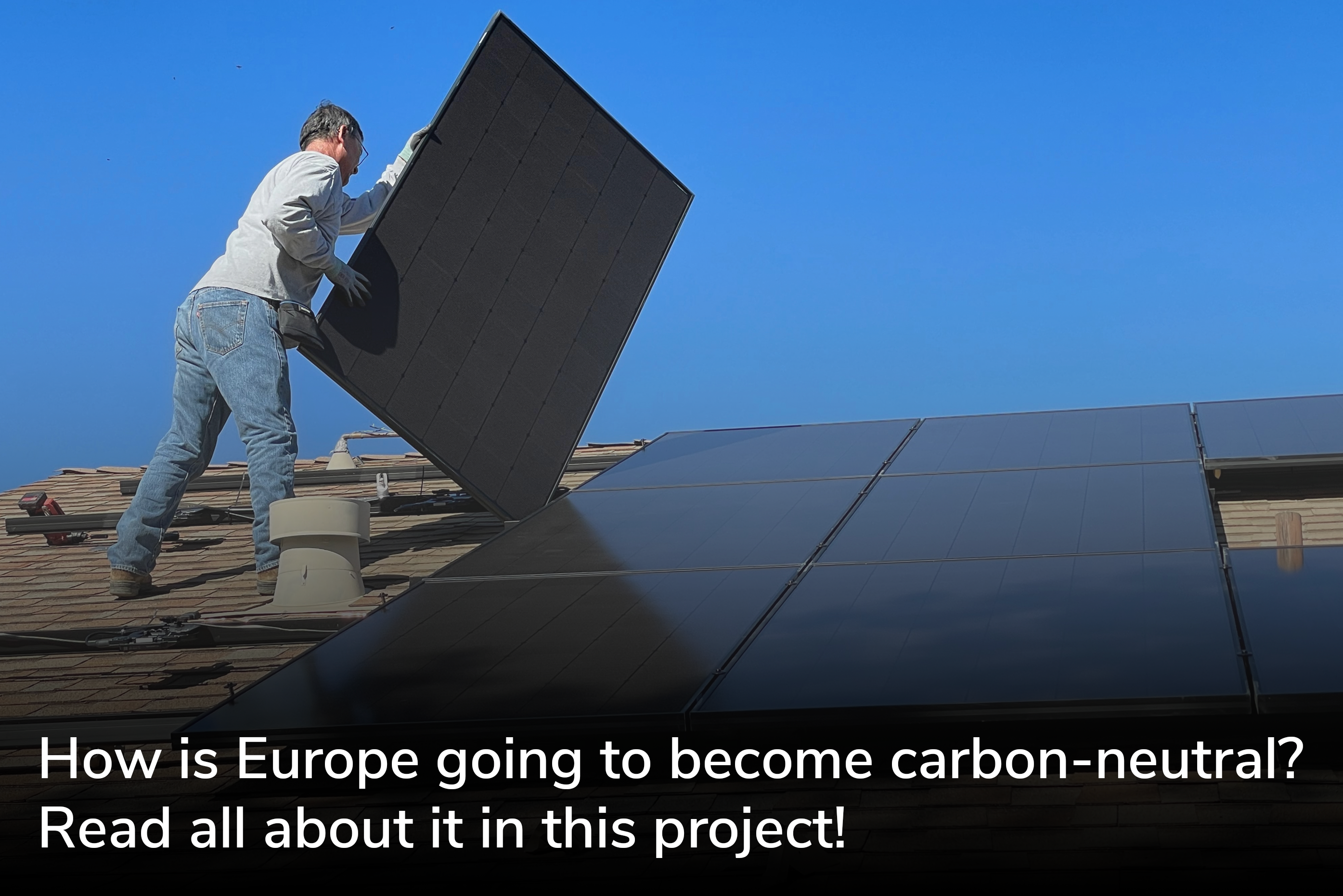
Since 2010, the year of its founding, EIT InnoEnergy has supported some 330 climate tech start-ups in their early stages. Fifteen to twenty are added every year. And many of them have been able to make a real difference in the global energy transition. The results of this “innovation machine for the renewable energy sector” are certainly impressive. Still, investment manager Roel van Diepen realizes this is only achievable (and sustainable) thanks to years of investment in the network, knowledge, and sharp focus. In addition, of course, to a great deal of perseverance.
- EIT InnoEnergy is a successful investor with a portfolio of over 330 European companies
- Key trends the firm responds to are geopolitics, availability of critical raw materials, sustainable shipping and rising interest rates.
Money is an important part of that support, but certainly not the only one. “Indeed, if you’re only looking for money, you’d better not knock on our door. For example, in addition to money, we provide knowledge and access to customers and contacts in Brussels. In exchange for our contribution, we also ask for a solid effort from the start-up itself. It is a process in which we work closely together to reduce risks and increase impact.”
Contact with universities – specifically the Universities of Technology in Delft, Eindhoven, Twente, and Wageningen – is crucial in EIT InnoEnergy’s exploratory work. “That’s where the potential expansion of our portfolio lies. The student teams, the spinouts, that’s where we are looking. Good contact with the tech transfer officers is therefore essential because they have the best insight into the local situation.”

Special
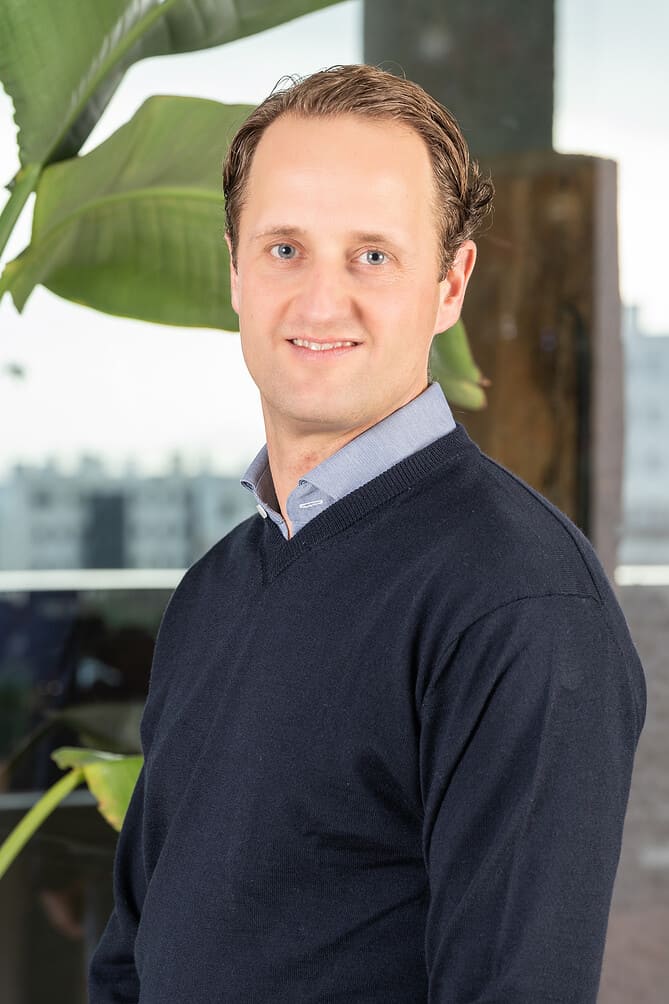
EIT InnoEnergy is an investor, but a special one. This is partly because of its strong ties to Brussels and its focus on the early phase. “We are a public-private organization that invests from equity. Where private funds work with funds that have to be ’empty’ after, say, 14 years, we mainly look at the development of the start-up itself. Our mandate is to accelerate innovations to market. If that is successful and the start-up reaches a stage where other investors are interested, we are happy to step back. We then reinvest the funds from that share sale in a new promising company.”
At its inception, EIT InnoEnergy was still 90% funded by the European government, but step by step that percentage has decreased. “By now, more than half of our capital is raised by the 29 private parties that have joined as shareholders over the years. As a result, we are now almost entirely self-sustaining. By the way, because of the education part within our activities, there will always be a part public. We have had the Master school for some time, but recently we added a part ‘reskilling the workforce’. This is badly needed because talent is becoming a bottleneck, also for the companies in our portfolio. Moreover, we still have several specific, thematic training programs, such as the EBA academy for the battery sector and soon similar initiatives for hydrogen and solar.”
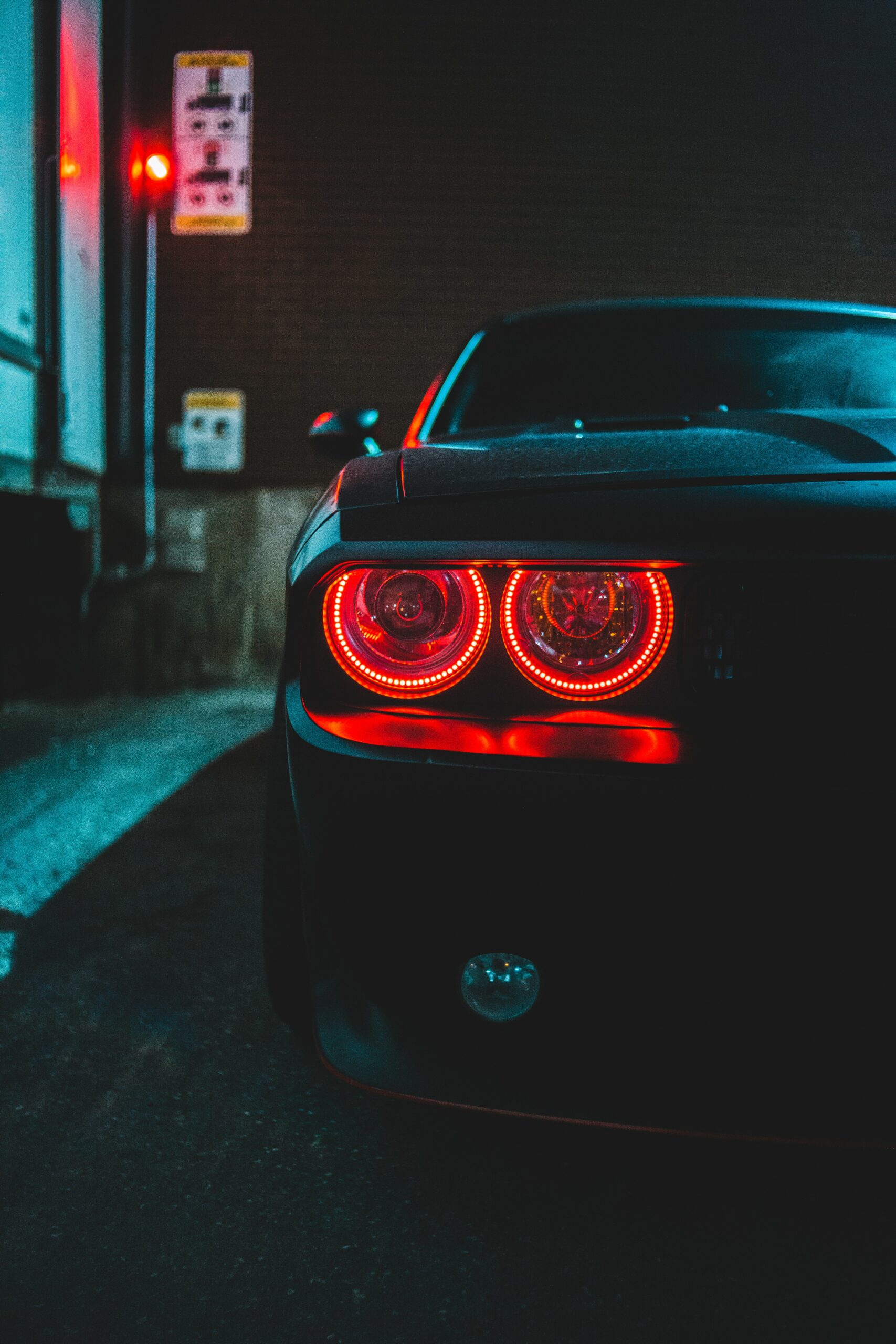
Over the years, some 330 European companies have been added to the portfolio. “Among them are many flagships. The most obvious one is probably Sweden’s Northvolt. It is currently Europe’s most advanced battery manufacturer, but when we decided to support them, it was still mostly a dream. Another notable name is Skeleton Technologies from Estonia, which is currently building a factory in Germany for supercapacitors that allow for faster charging and discharging. This is ideal for electrifying heavy equipment such as trucks or mining equipment. Within the Netherlands, Elestor stands out with their hydrogen bromide flow battery. We stepped in when founder Wiebrand Kout was toying with the idea of founding the company. We saw international ambition and, over the years, have been able to do a lot for them through our network. We helped them find new investors and content partners.”
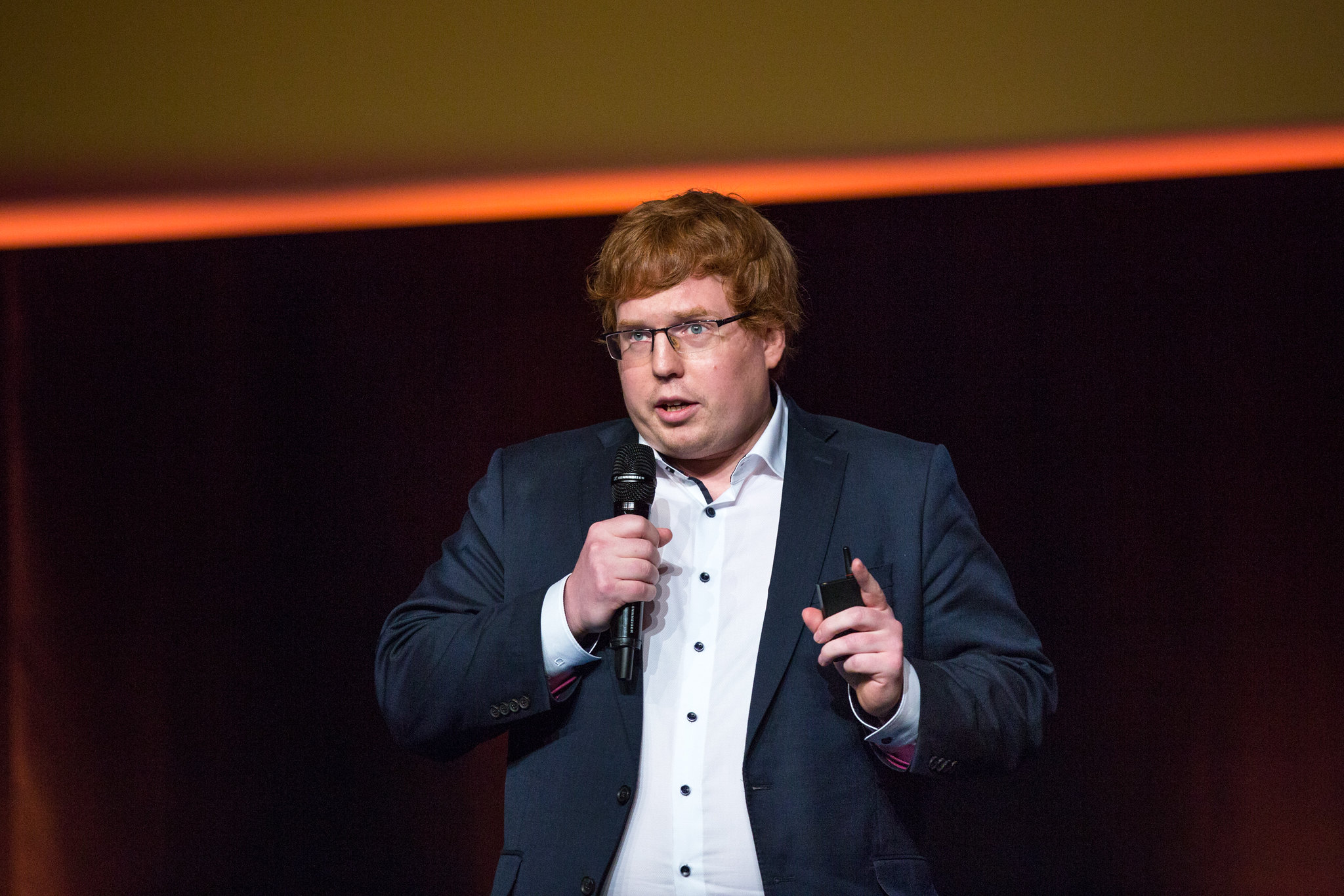
Not a lobbying club
The value of EIT InnoEnergy also manifests itself in the Brussels contacts. Van Diepen: “We are not a lobbying club, but we are always well informed about relevant developments, partly thanks to our people on the ground. New steps around tidal energy policy? We are the first to know. Are regulations coming up for the maritime industry? We’re right on top of it.”
Van Diepen sees four major trends in his work for the foreseeable future. At the top of his list is geopolitics. “And then, of course, we also talk about the availability of critical raw materials. In the EU Critical Raw Materials Act, a few things have been laid down about that, with the goal of a strategically independent position for Europe. Where do we get our raw materials from, and do we have sufficient insight into the extraction process?” Van Diepen now sees a lot of innovation on that playing field, partly driven by EIT InnoEnergy itself. “Lithium from Alsace, manganese from the Czech Republic. But we are also looking at recycling and biobased alternatives. With calls that companies can apply for, we try to stimulate innovations.”
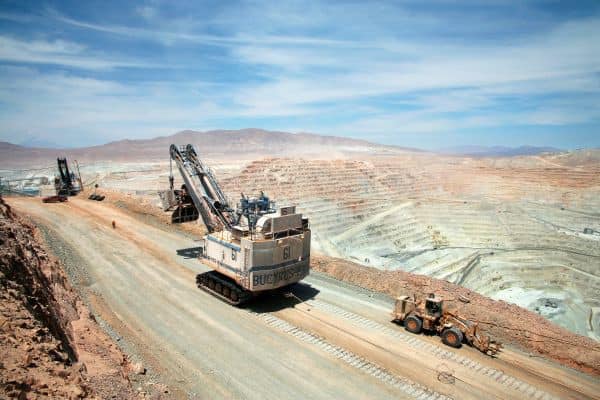
A second trend is seen in shipping. “Perhaps because that industry is relatively invisible to most people, major innovations here seem to have been absent for a long time. But there are still a lot of gains to be made, and we do see movement there now.” There is also the question of which industry is next ripe for disruption. “We will see new venture-building initiatives such as our ongoing initiative around green steel, GravitHy, in southern France. The fertilizer sector will also start to move toward low-carbon.”
Van Diepen sees a fourth trend in the effects of rising interest rates, especially noticeable in a more negative investment climate. “There are fewer investors, and if there are any, they have become more cautious. Many ventures are taking longer. Climate tech, our sector, was an exception for a long time, but we are now seeing deal volume decline by 10 to 30%. As a result, many scale-ups are knocking on our door, simply because they are floundering elsewhere. But we have to disappoint them; we continue to focus on the early stage; that’s where our competitive advantage lies.”
Fifth trend
Perhaps there is even a fifth important trend, the EIT InnoEnergy investment expert notes. “And that is the Inflation Reduction Act, the U.S. incentive program for sustainable entrepreneurship. The law is still under consultation, everyone is waiting for the exact incentives, but the impact will be big. We are already seeing companies – including those within our portfolio – figuring out whether starting operations in the US makes sense. Don’t forget that this situation has a big impact on your competitive position and your chances of finding new investors. Similar companies raise ten times more money in the U.S. than in Europe.”
Fortunately, there are also the necessary European initiatives in return, Van Diepen notes. “Partly to counterbalance the American proposals, here we have the Industrial Green Plan and RePowerEU, to name just two examples. Europe is not sitting still.”
